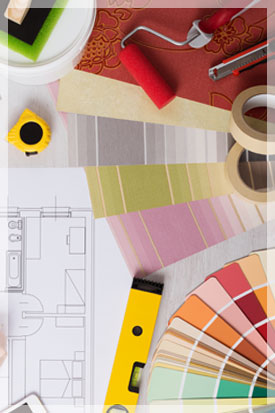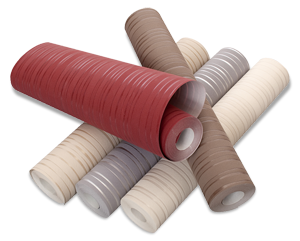Wallpaper or Paint: Which is Better for Your Home’s Interior?
 Any homeowner wanting to change the appearance of a room has to decide between wallpaper and paint. Both have significant transformative qualities; however, each has its pros and cons.
Any homeowner wanting to change the appearance of a room has to decide between wallpaper and paint. Both have significant transformative qualities; however, each has its pros and cons.
Paint
These days, paint comes in a vast array of shades, as well as various sheens, finishes, and textures. Essentially, there’s an option out there specifically suited to your vision.
Too, on a practical level, your home needs minimal preparation – nothing more than cleaning the walls, if wallpaper isn’t added – and generally costs less to add.
Yet, costs go up as soon as your home requires a more durable, splash-proof coating – something you’ll definitely need if you have children. On the other hand, you can easily cover marks and blemishes should they occur down the line.
With any type of paint, there always runs the risk that it’ll chip and require frequent touchups. In a more serious instance, paint may start flaking just two years after the job – a sign it wasn’t initially applied correctly.

 You’ve thought about giving your home’s interior a do-over. Economically, wallpaper gives the greatest impact. Yet, you’re dealing with some exposed brick and other textured surfaces, and you’re wondering if this is a good choice.
You’ve thought about giving your home’s interior a do-over. Economically, wallpaper gives the greatest impact. Yet, you’re dealing with some exposed brick and other textured surfaces, and you’re wondering if this is a good choice.